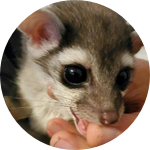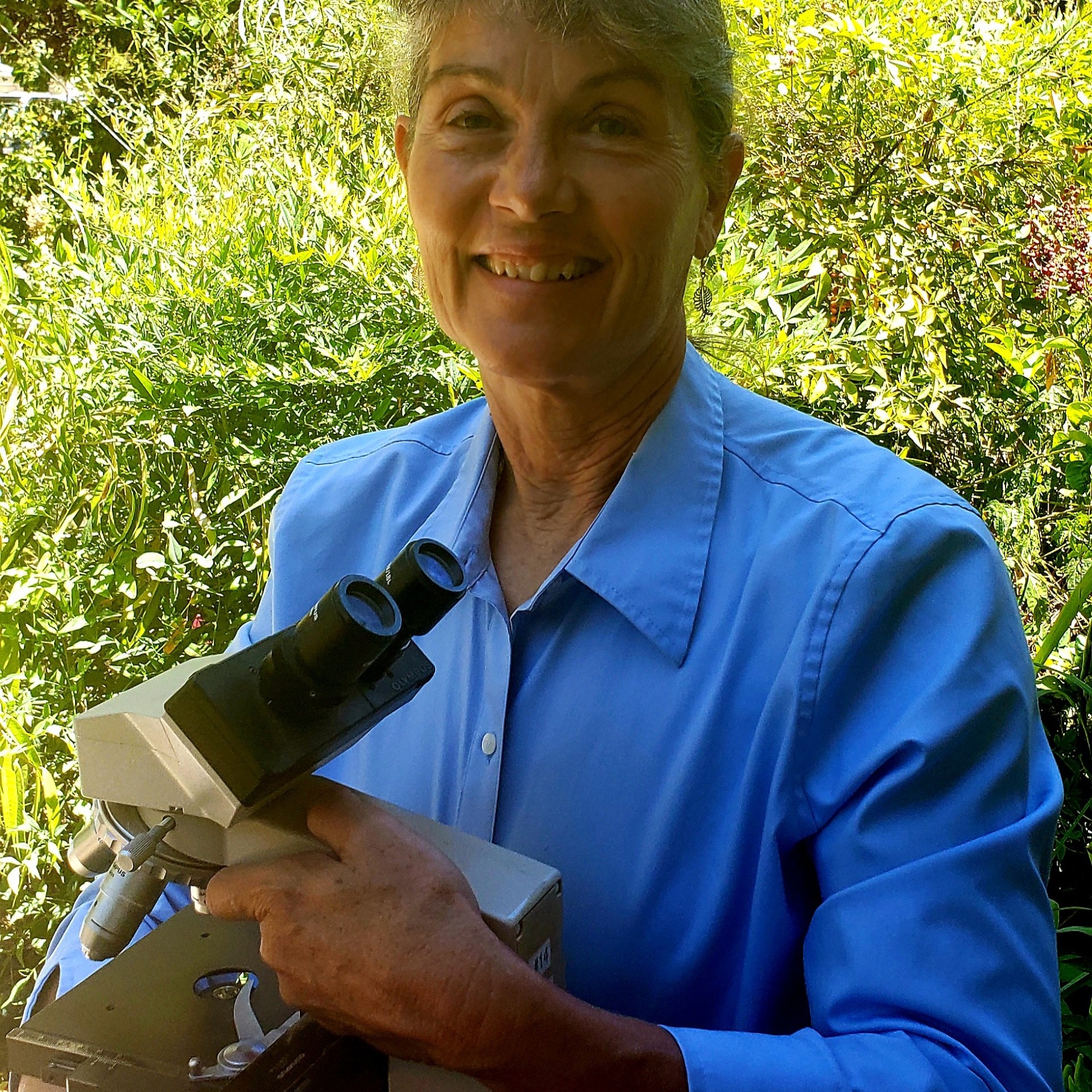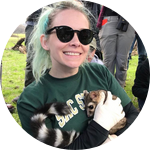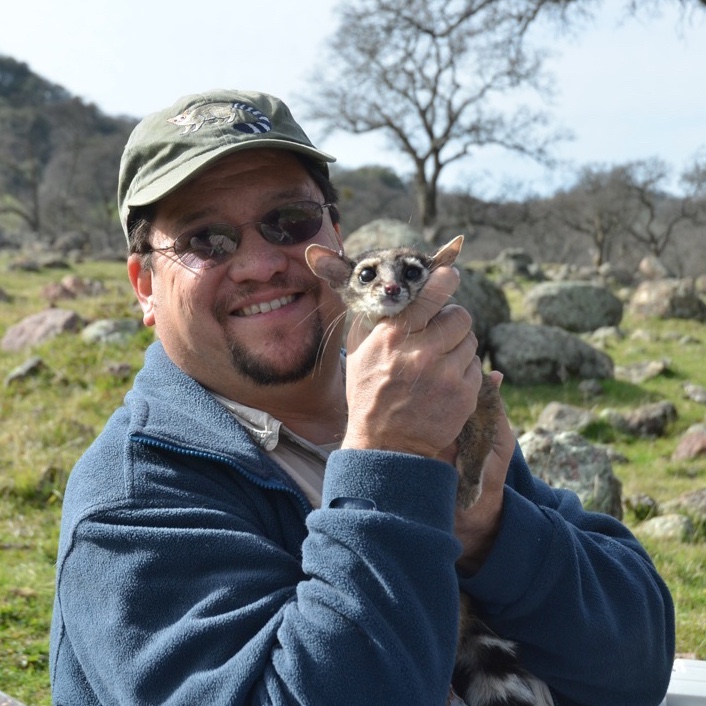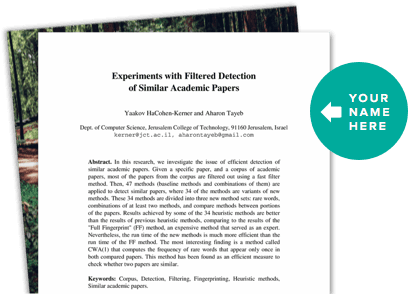About This Project
The ringtail (Bassariscus astutus) is a protected mammal species in California yet there is a significant lack of information about ringtails here and elsewhere. This project will utilize wildlife cameras to provide photographic evidence of ringtail occurrences to help better understand the distribution of ringtails in California. This information is critical in helping biologists make decisions ensuring that ringtail populations continue to thrive throughout the state.
Ask the Scientists
Join The DiscussionWhat is the context of this research?
Many years ago, I was invited by ringtail biologist Dr. Gene Trapp to help live-trap ringtails...that was my very first encounter with this species. I was hooked!! This remarkable mesocarnivore is pretty much an unknown to many people and are members of the family Procyonidae - sharing it with cousins such as raccoons and coatis. There are two species in their genus, with our species occurring here in North America. In California, they are listed as a Fully Protected Mammal - this provides legal protections for ringtails similar to those afforded to endangered species. But, there just simply isn't much broadly known about ringtails and their life histories. One such major gap is the current distribution of this species in California. The available range maps are primarily based on studies in the 1930s and 1980s that relied on trapper reports for much of the data. Hence we arrive at this study to help determine locations in California where ringtails can be documented.
What is the significance of this project?
Catastrophic wildfires, illicit cannabis grows, habitat fragmentation...these are just some of the major impacts to wildlife we are now experiencing in California. However, being a species where little is known already about their habitat relationships and additionally being a species where their actual distribution is poorly documented, provides a further level of threat to maintaining healthy populations of ringtails in California. Where ringtails live in this state needs to be understood before we can be on the alert for population changes that can be documented and hopefully to help provide solutions to potential problems that could occur with ringtail populations. Where they live is the starting point to examining why they live there and what threats they face and conversely why they might be doing well in other areas. As a Fully Protected Mammal in California, it is essential that we achieve this early stage understanding of occurrence.
What are the goals of the project?
This project provides "seed money" to purchase the initial equipment necessary to help document presence of ringtails by collecting photographic evidence of ringtails throughout California. That equipment will be distributed in the format of a Citizen-Science effort to collaborators who would place wildlife cameras in ringtail-appropriate locations for up to two months at sites that are approved by the landholder for this deployment of wildlife cameras. The wildlife camera data will be provided to the project investigators and also shared with a parallel effort being conducted with the California Department of Fish and Wildlife. The on-going goal will be to develop and continually update the range map for ringtails in California. Other than equipment costs, all personnel efforts are volunteer and therefore do not have a fiscal impact.
Budget
The requested items provide the equipment necessary for obtaining distributional observations of ringtails and without these items, the project cannot proceed. The "Citizen-Science" aspect of the project requires that wildlife cameras be mailed to or picked up by these collaborators for deployment up to two months in appropriate habitats. As a result, these cameras will be rotated to different individuals throughout each year and having more cameras would increase data capture rates and would more rapidly help to achieve the goals of the project. All of the financing will be utilized for equipment and additional sums beyond the requested amount will also be entirely used to purchase additional wildlife camera units for utilization in this project - for every $200 received above the requested amount we would be able to purchase another wildlife camera package to add into this effort. The computer serves as central housing for the distribution data.
Endorsed by
 Project Timeline
Project Timeline
Recruitment for volunteers to place wildlife cameras will start at the Western Section of The Wildlife Society's 2025 annual meeting in early February 2025.
This will be followed by the first deployments of wildlife cameras expected in March or April 2025 for a one or two month period - provided the wildlife cameras are able to be purchased.
From that point, data acquisition from completed deployments and new deployments will occur regularly.
Feb 07, 2025
Project Launched
Mar 15, 2025
Purchase wildlife cameras
Mar 29, 2025
Start deployment of wildlife cameras to collaborators
May 05, 2025
First data submittals from collaborators expected (one month deployments)
Jun 02, 2025
Second data submittals from collaborators expected (two month deployments)
Meet the Team
Team Bio
This project is a collaboration with Kristyn Schulte - Adjunct Professor of Biology at Sacramento City College - who recently completed her M.S. studying ringtails and David Wyatt - Professor of Biology at Sacramento City College. Kristyn is the lead for a State Wildlife Grant examining ringtail genetics and distribution in California. The California Ringtail Project shares data with the State Wildlife Grant project. The website https://www.ReportRingtails.co... supports both projects.
David Wyatt
Hi everyone! My name is Dave Wyatt and for nearly three decades I've been a biology professor at Sacramento City College where I teach courses in the Field Ecology program. I am a wildlife biologist with research interests in mammalogy and entomology and I specialize in working with ringtails (a relative of raccoons, coatis, and kinkajous) and bats. With ringtails, much of my work occurred/occurs in the northern Central Valley of California along the riparian environments of the Feather River and in the oak woodlands of the Sutter Buttes. I have conducted research using radio telemetry to determine home ranges and habitat utilization and finding den sites, conducted food habits analysis, have obtained morphometrics from over 120 individual ringtails, and conducted hair snare and wildlife camera studies targeting ringtails with my collaborator Kristyn Schulte.
I also have a love of all things dealing with entomology. One of my favorite places to travel to is Belize in Central America - I have been fortunate to be able to go to Belize numerous times during the last decade. A decade ago (2014) we were able to fund on Experiment the start-up costs associated with an entomology project in Belize. That initial project has now blossomed into multiple University field classes in Belize and over a decade of an insect biodiversity inventory project for several areas in the Maya Mountains of Belize.
My most recent project is this - the California Ringtail Project - to help determine the distribution of ringtails in California by using a passive method of remote sensing data collection through the use of Wildlife Cameras.
Additional Information
Websites associated with this project include:
https://www.ReportRingtails.co...
https://www.inaturalist.org/projects/california-ringtail-project
Project Backers
- 17Backers
- 53%Funded
- $2,630Total Donations
- $154.71Average Donation
